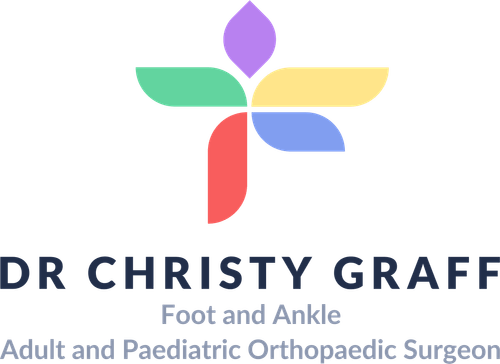Outcomes of early versus delayed weight-bearing with intramedullary nailing of tibial shaft fractures
The tibia, also known as the shinbone is the most commonly fractured long bone in the body. Tibial shaft fractures account for 1.9% of all fractures. Intramedullary nailing (IMN) – where a specially designed metal rod is inserted inside the bone to stabilise the fracture and allow healing, is the gold standard for the treatment of these fractures in adults. Initially, most of the load in walking on the leg is transferred through the nail. As the fracture heals the load is gradually transferred to the bone.
The process of recovery and healing can take up to 4-6months and many different factors can affect this timeline. One of these factors is the timing and extent of weight bearing post operatively. Given there are no universal guidelines for weight bearing after surgery, we wanted to analyse and compare the different approaches in regard to their outcomes such as, the time to fracture healing (union), rates of fractures not healing correctly or not healing at all. We analysed all possible literature on this topic, extracting data from trials to compare the outcomes of early weight bearing (EWB) - walking on the leg before 6 weeks post surgery, versus delayed weight bearing (DWB) - walking on the leg after 6 weeks post surgery.
Based on the results of our study, EWB after IMN for tibial shaft fractures may produce faster healing and fewer total complications in certain patient groups. More research and evidence is required, especially in patient subgroups who have significant comorbidities or are at higher risk of complications. Click the link below if you would like to read the full article which was published in the European Journal of Trauma and Emergency Medicine.




